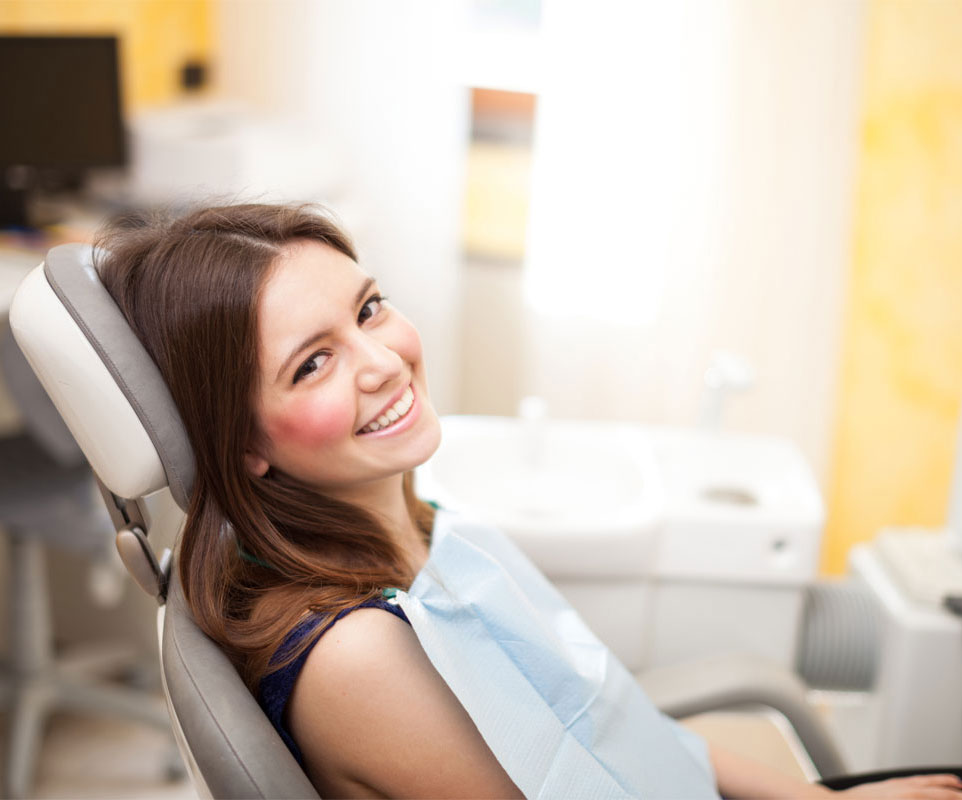You Can Finally Relax in the Dentist's Chair! Sedation Dentistry Options for Nervous Patients
If you experience anxiety when visiting the dentist – even for routine exams – you are not alone. So many people experience this fear that it has a name: dentophobia. In fact, many patients would rather suffer the pain of letting toothaches go untreated simply to avoid the stress of spending time in the dentist’s chair. As a result, patients who are nervous about visiting the dentist often forgo routine dental exams and teeth cleanings, which leads them to require more serious treatment and prolonged appointments.
Routine dental care, however, is essential to everyone’s health – both oral health and overall wellness. Even though many people fear visiting the dentist, everyone should still see an oral healthcare professional regularly for exams, cleanings and additional care.


Modern Dentistry Meets the Needs of Anxious Patients with Sedation Dentistry
Sedation dentistry helps patients who fear the dentist to get the care they need without the stress, anxiety and unpleasant experience. Sedation dentistry uses medications to help patients relax during routine exams and cleanings, more invasive procedures and both short and long appointments.
Sedation Dentistry Options for Nervous Patients
Different levels and types of sedation exist. Our dentist and anesthesiologist help each patient determine the proper sedation method for them by discussing the patient’s health, medical history, level of anxiety and the type of procedure or appointment.

Types of Sedation Dentistry
- Minimal (Inhaled) Sedation – Minimal sedation means a patient is awake, but relaxed and will likely remember the entire appointment. With this type of sedation, the patient breathes nitrous oxide (laughing gas) and oxygen through a mask. This light sedation helps the patient relax and also allows the dentist to easily adjust the amount administered. This type of sedation wears off quickly. As a result, it is the only method after which it is possible for patients to drive themselves home or back to work following an appointment.
- Minimal to Moderate (Oral Conscious) Sedation – This type of sedation uses oral sedatives, similar to Valium, to deliver a range of sedation levels from minimal to moderate, depending on the dose administered. The sedative should be taken about an hour prior to the patient's appointment. Depending on the dose and desired level of sedation, patients typically remain awake, but very relaxed during procedures. Some individuals, however, will relax enough to fall asleep during their appointment. They can be easily roused with gentle shake. Individuals who receive moderate sedation will experience deep relaxation, might slur their words and will likely not fully remember their appointments.
- Deep Sedation (General Anesthesia) – Performed under observation of an anesthesiologist, deep sedation medications are administered intravenously and render patients unconscious. This type of sedation is ideal for invasive procedures.

Learn More About How Sedation Dentistry Can Ease Your Dentophobia
To learn more about Schaffer Dental Excellence’s sedation dentistry services or whether they are right for you, we welcome you to contact our office today.


